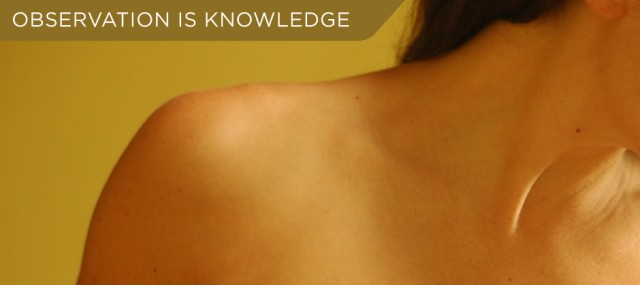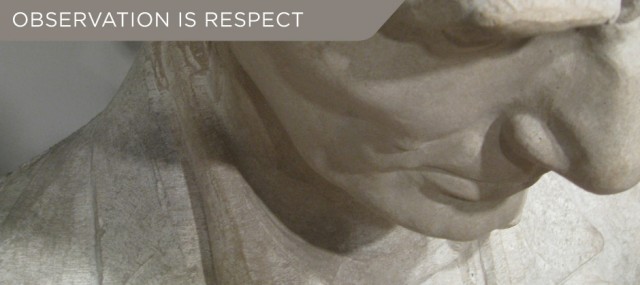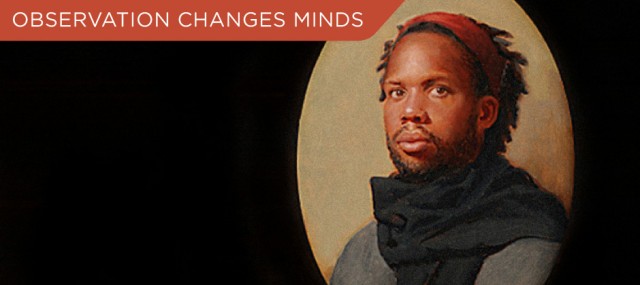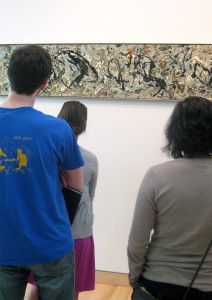Hi and welcome! I’m happy to have you here.
For the most part, this blog is going to be about observation, an arts-based skill, in the context of medicine. Teaching observation as a professional skill is what I have been doing for much of the last ten years. Teaching it, and learning about its genesis and impact. I’ll blog about the how’s, the why’s, the costs, the benefits, the stories, the insights, the learnings—and of course, the art.
This first post is not about teaching professional skills. It’s about why I love it. One day I hope to understand fully why I ended up on this earth so enraptured by observation. Until that enlightening day, though, it is safe to say that observation really matters to me. It is about enriching our relationship with the world.
Here are some starters on why observation matters:

OBSERVATION IS KNOWLEDGE
Information is not just words and numbers. We receive it through all of our senses. What we see, and the way in which we see it, colors our knowledge and shapes our minds. The more we can strengthen our awareness of what we see, the better we can search for, receive, respond to, and use the information all around us.

OBSERVATION IS RESPECT
Close observation of a person is respectful to that person. Close observation of a work of art is respectful to that work of art—and to its maker. When we make close observations in a group, we get to see what others see. We get to value their thinking in new ways. We get to look again at the extraordinary being (person or picture) before us. This sharpens one’s own thinking. It is as respectful to others as it is to one’s own humble monkey mind.

OBSERVATION CHANGES MINDS
Sometimes what we see is different from what we thought we knew. Sometimes what we see is different from what we want to see. Looking—real, deep looking—takes suspending judgments and biases, and shows us how those hard-wired survival skills of the brain blind us in broad daylight. It is only when we really look that we can really see. We can talk about this until we turn purple, but the fact is, learning it only happens through experience. Looking at art provides that practice. And when an entire professional system experiences this together? It changes the whole game.
 OBSERVATION LEARNED IN ONE PLACE ENHANCES IT IN ANOTHER.
OBSERVATION LEARNED IN ONE PLACE ENHANCES IT IN ANOTHER.
There are certain conditions that make objective looking much easier. One condition is to be removed from the expectation or pressure of being supposed to know, already, all about the subject. In other words, it helps to predispose oneself to some beginner’s luck. Museums offer contexts that stimulate us with all kinds of newness and strangeness, inviting learning and exhale into beauty along the way. These environments help “let the familiar become strange and the strange familiar — the two rules of creativity” (Sam Keen, 1991). It is not only effective, but nourishing and enjoyable, to learn observation in an art museum environment and then to transfer it to medicine. I dare say it is more effective (and more nourishing and enjoyable) than learning it in the clinic alone.
Pure observation is pure curiosity. Curiosity stripped clean of the currencies of performance. This world is complex beyond words and superior to imagination. Observing it serves as a reminder of that curiosity – what it feels like, where it comes from in each of us. There is joy there. Hope. Discovery.


2 Responses to “Why I Love Teaching/Learning Observation”
This learning style stresses observation and intent activity that intertwines individuals into community action.
This learning style stresses observation and intent activity that intertwines individuals into community action.